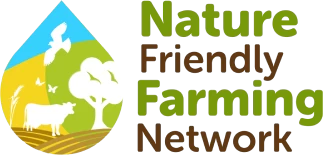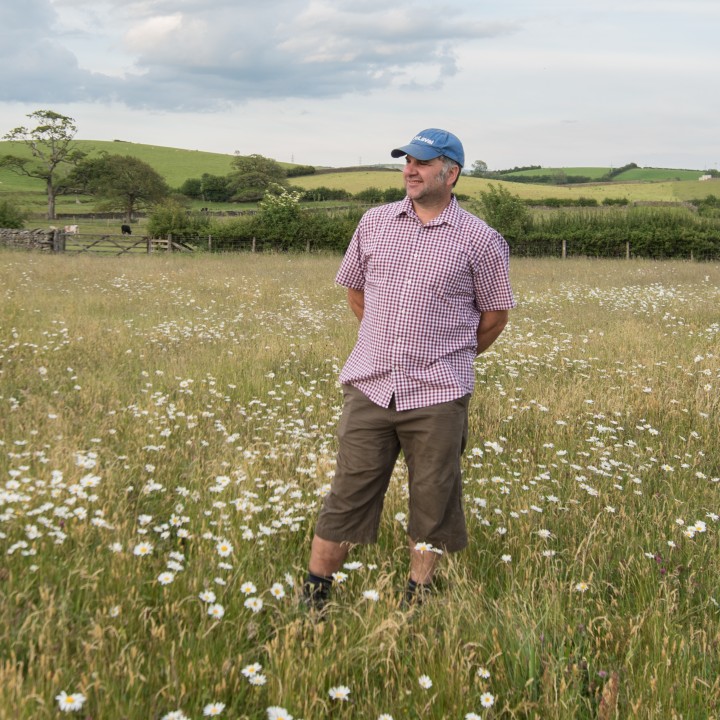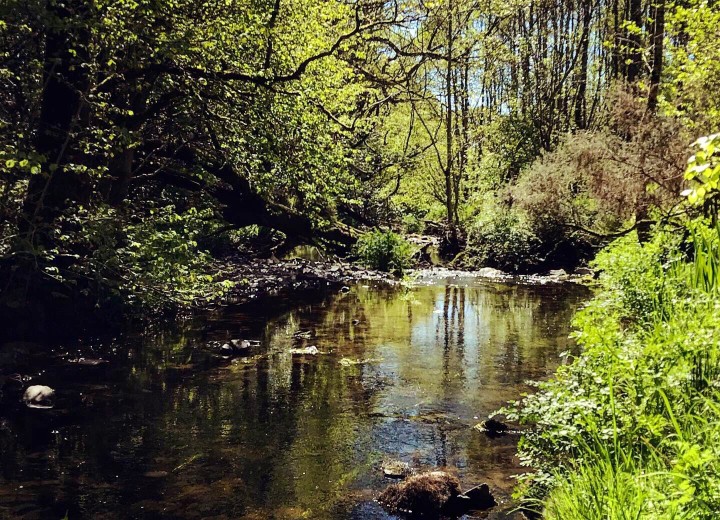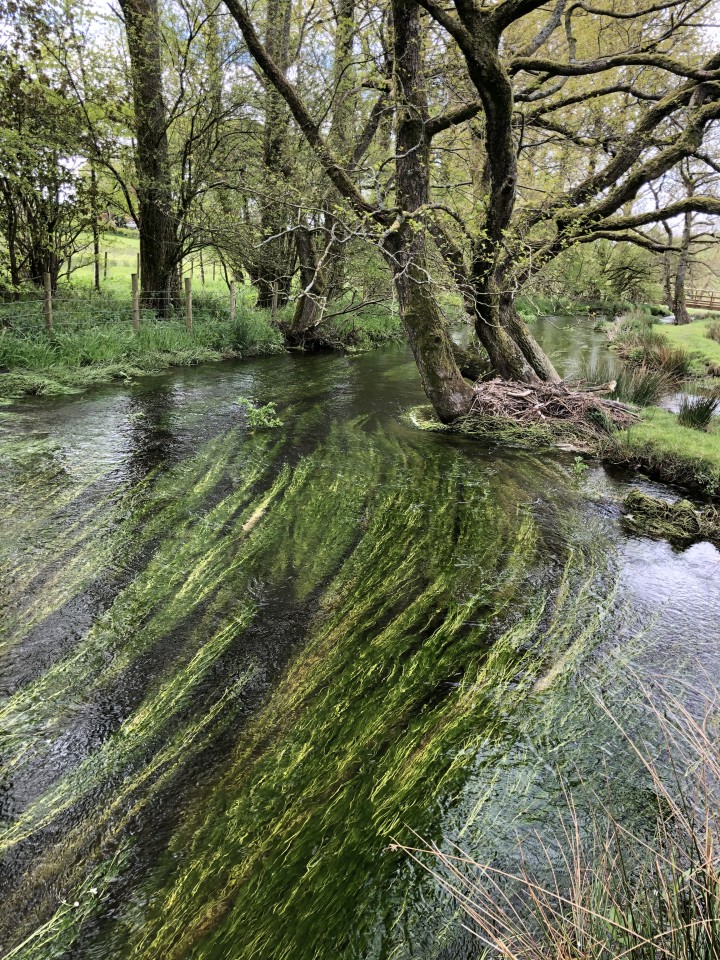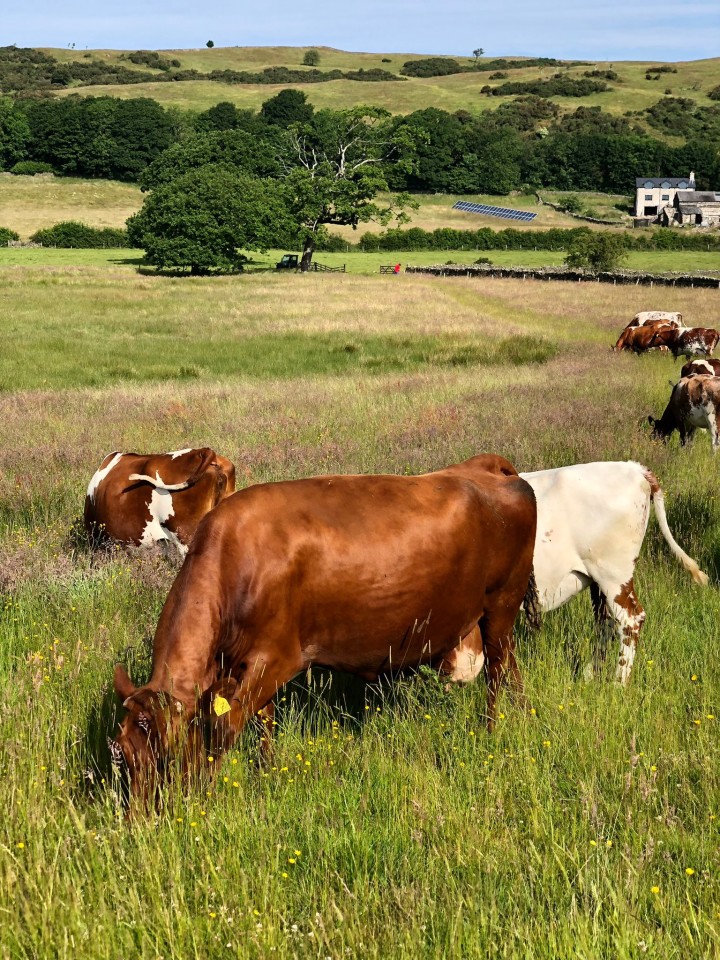James farms at Strickley Farm, a 300-acre organic dairy farm that has been free from artificial fertilisers or pesticides for the past 16 years. James’ approach to supporting nature includes planting woodland, leaving areas of grassland ungrazed, maintaining sensitive hedgerow management and fencing off watercourses to improve water quality, so there is less silt and soil from his cattle on the banks. His farm’s hedgerows are seven miles long, some 20-22ft tall.
Key Facts:
James opts for regular soil testing to maintain the right level of nutrients to benefit both his livestock and local wildlife
Multi-species swards are planted to nurture biodiversity from the ground up with herbal leys – including clovers, chicory and plantain – that help to fix minerals into the soil. This diverse plant life supports insects and pollinators, which attract an abundance of birds and mammals, including breeding thrushes, finches and tree sparrows, a red-listed species
The farm’s hedgerows act as necessary corridors for movement, so species, such as bats and hawks, can travel safely between habitats
